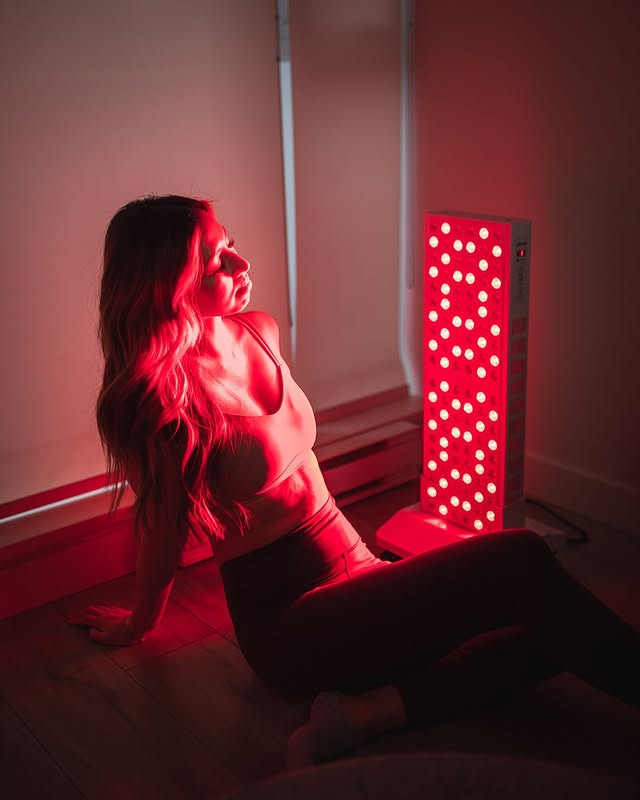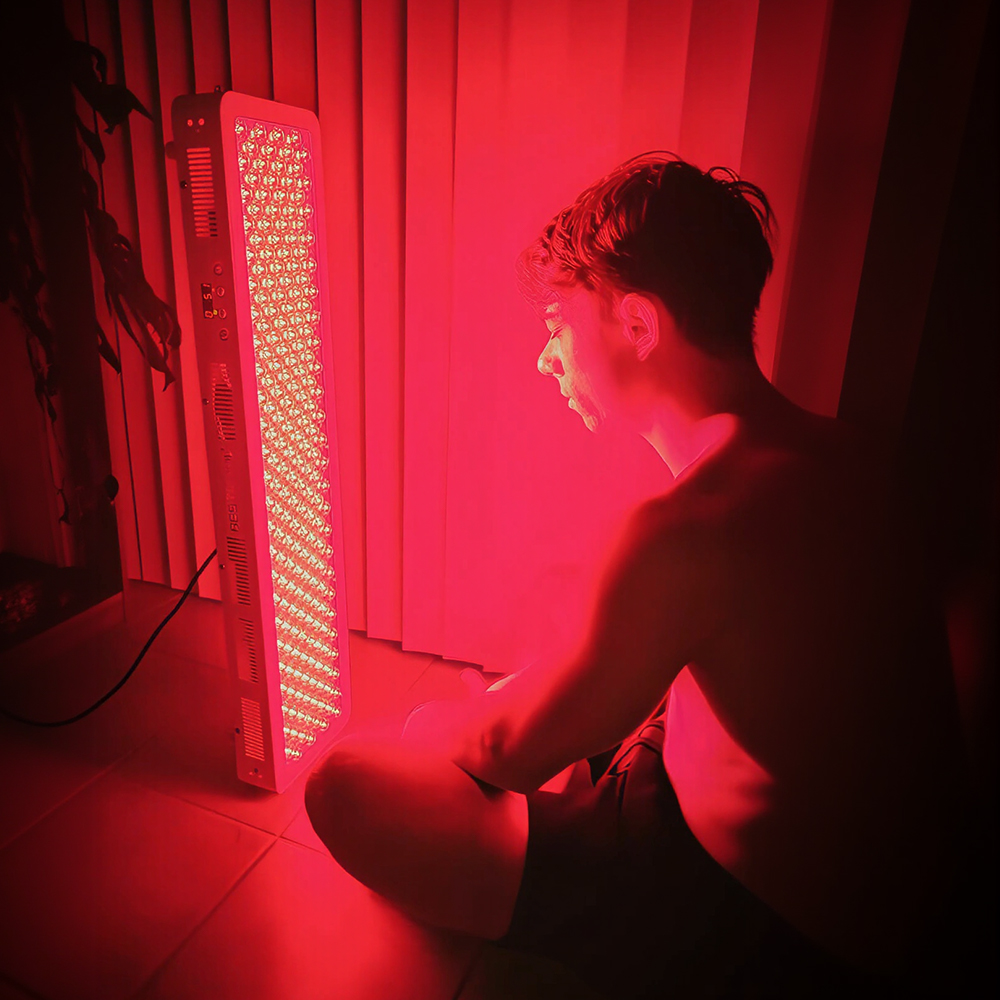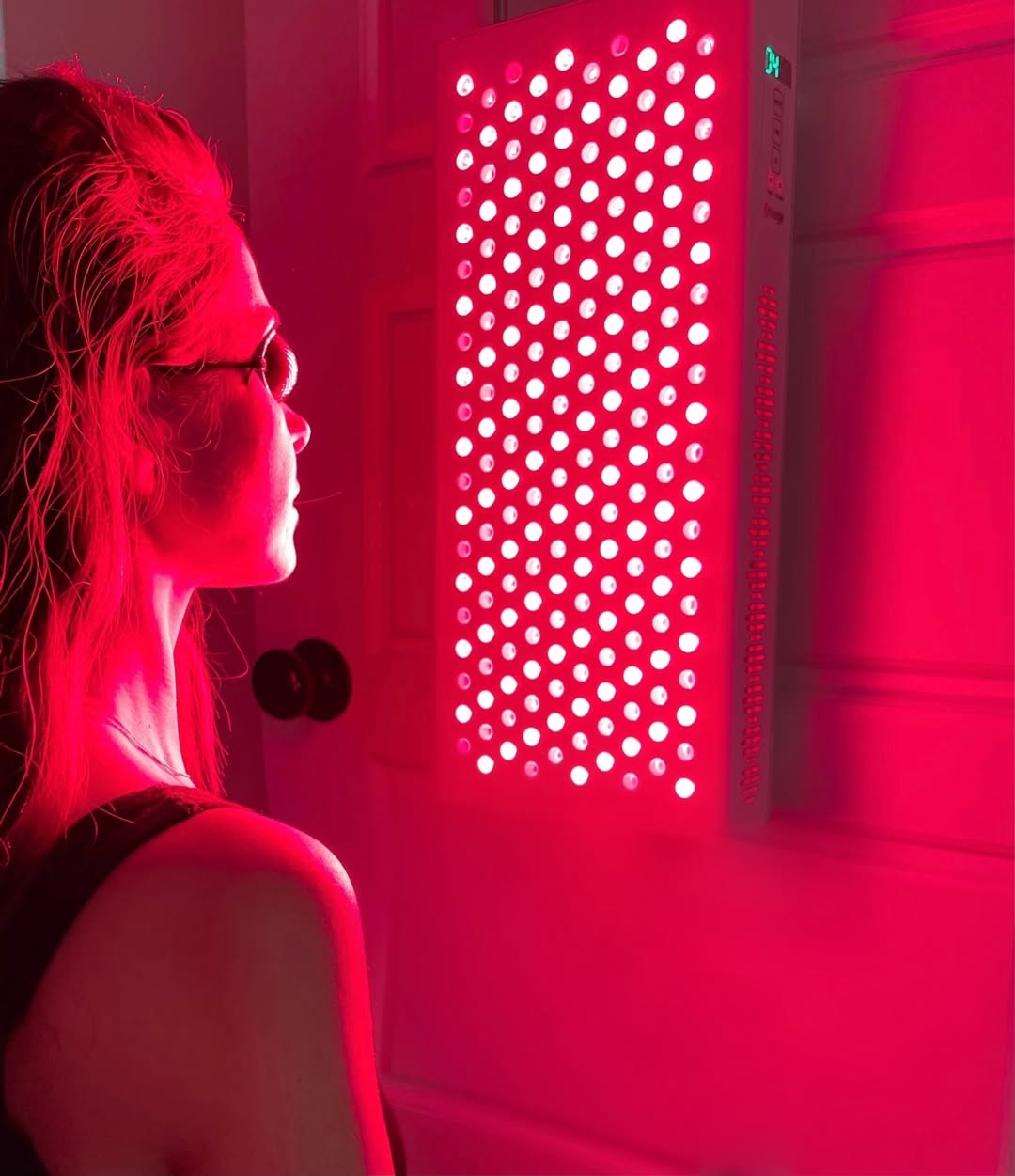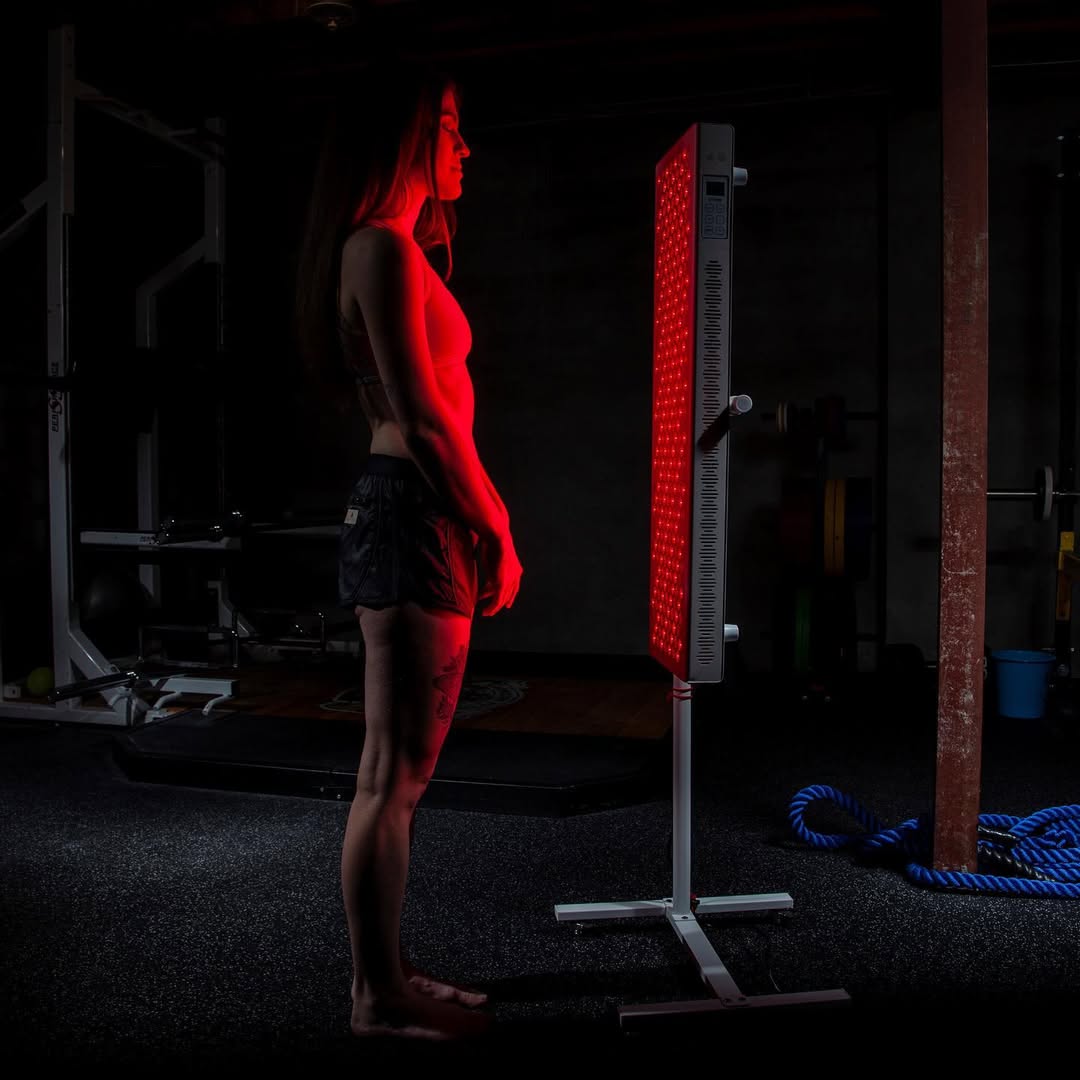![]() Free Shipping
Free Shipping ![]() Buy Now, Pay Later
Buy Now, Pay Later ![]() Eligible
Eligible
How Red Light Therapy Might Be the Missing Key to Your Fertility Journey

For many couples and individuals, the fertility journey can feel like an uphill battle—filled with hope, frustration, and endless questions. If you’ve tried everything from dietary changes to IVF, yet still struggle to conceive, there’s an emerging therapy that might just be the missing piece of the puzzle: red light therapy (RLT).
Once considered a niche treatment for skin and muscle recovery, red light therapy is now gaining traction as a powerful tool for enhancing fertility—naturally and non-invasively. But how does it work? And could it really help you on your path to parenthood?
Let’s dive into the science, the success stories, and how you can incorporate this cutting-edge therapy into your fertility plan.
The Science Behind Red Light Therapy and Fertility
Red light therapy, also known as low-level laser therapy (LLLT) or photobiomodulation, uses specific wavelengths of red and near-infrared light to penetrate the skin and stimulate cellular function. Unlike UV rays, which can damage cells, red light energizes them by boosting mitochondrial function—essentially giving your cells more energy to heal, regenerate, and function optimally.
How Does This Affect Fertility?
Research suggests that red light therapy can enhance fertility in several key ways:
1. Improves Egg & Sperm Quality
- For Women: The ovaries contain mitochondria-rich eggs, and as women age, mitochondrial efficiency declines. RLT has been shown to improve egg quality by enhancing mitochondrial ATP production, which is crucial for healthy embryo development.
- For Men: Studies indicate that red light therapy can increase sperm motility, count, and DNA integrity, making it a promising treatment for male infertility.
2. Boosts Blood Flow to Reproductive Organs
Proper circulation is essential for a healthy uterine lining and ovarian function. RLT stimulates nitric oxide production, which dilates blood vessels and improves oxygen and nutrient delivery to reproductive tissues.
3. Reduces Inflammation & Oxidative Stress
Chronic inflammation and oxidative stress are major contributors to infertility (including conditions like PCOS and endometriosis). Red light therapy reduces inflammatory markers and supports cellular repair, creating a more favorable environment for conception.
4. Supports Hormonal Balance
By improving cellular communication and reducing stress on the endocrine system, RLT may help regulate menstrual cycles and promote optimal hormone production.
VELLGUS Elite V2
THE #1 RATED RED LIGHT DEVICE
VELLGUS pro V2
THE #1 RATED FULL BODY RED LIGHT DEVICE
Real-Life Success Stories
While research is still evolving, many women and men have reported significant improvements in their fertility journeys after incorporating red light therapy:
- Case Study 1: A 38-year-old woman with diminished ovarian reserve used red light therapy for three months before IVF. Her doctor noted improved egg quality, and she successfully conceived on her next cycle.
- Case Study 2: A man with low sperm motility used a red light device at home for eight weeks. Follow-up testing showed a 40% increase in sperm motility, leading to a natural pregnancy with his partner.
These stories, along with emerging clinical studies, suggest that RLT could be a game-changer—especially for those who haven’t found success with traditional treatments.
How to Use Red Light Therapy for Fertility
If you’re intrigued, here’s how you can integrate red light therapy into your routine:
1. At-Home Devices
- Wearable panels (for abdominal or pelvic use)
- Handheld devices (for targeted treatment)
- Full-body panels (for overall wellness)
Recommended Protocol:
- Frequency: 3-5 times per week
- Duration: 10-20 minutes per session
- Wavelength: 660nm (red) + 850nm (near-infrared) for deeper penetration
2. Clinical Treatments
Some fertility clinics and wellness centers now offer specialized RLT sessions tailored for reproductive health.
3. Combine with Other Fertility-Boosting Habits
For best results, pair RLT with:
- A nutrient-dense, anti-inflammatory diet
- Stress management (yoga, meditation)
- Regular exercise and sleep optimization
Is Red Light Therapy Right for You?
While RLT is safe, non-invasive, and free of side effects, it’s always wise to consult your healthcare provider—especially if you’re undergoing IVF or other fertility treatments.
Who Might Benefit Most?
- Women with PCOS, endometriosis, or poor egg quality
- Men with low sperm count or motility issues
- Couples experiencing unexplained infertility
- Those preparing for IVF or IUI to enhance outcomes
Final Thoughts: A Brighter Path to Parenthood?
The journey to conception can be overwhelming, but red light therapy offers a safe, science-backed, and accessible option to optimize your fertility naturally. Whether used alone or alongside other treatments, RLT could be the missing key you’ve been searching for.
Have you tried red light therapy for fertility? Share your experiences in the comments—we’d love to hear your story!
Ready to give it a try? Explore FDA-cleared devices and take the next step toward your fertility goals today. 🌟








